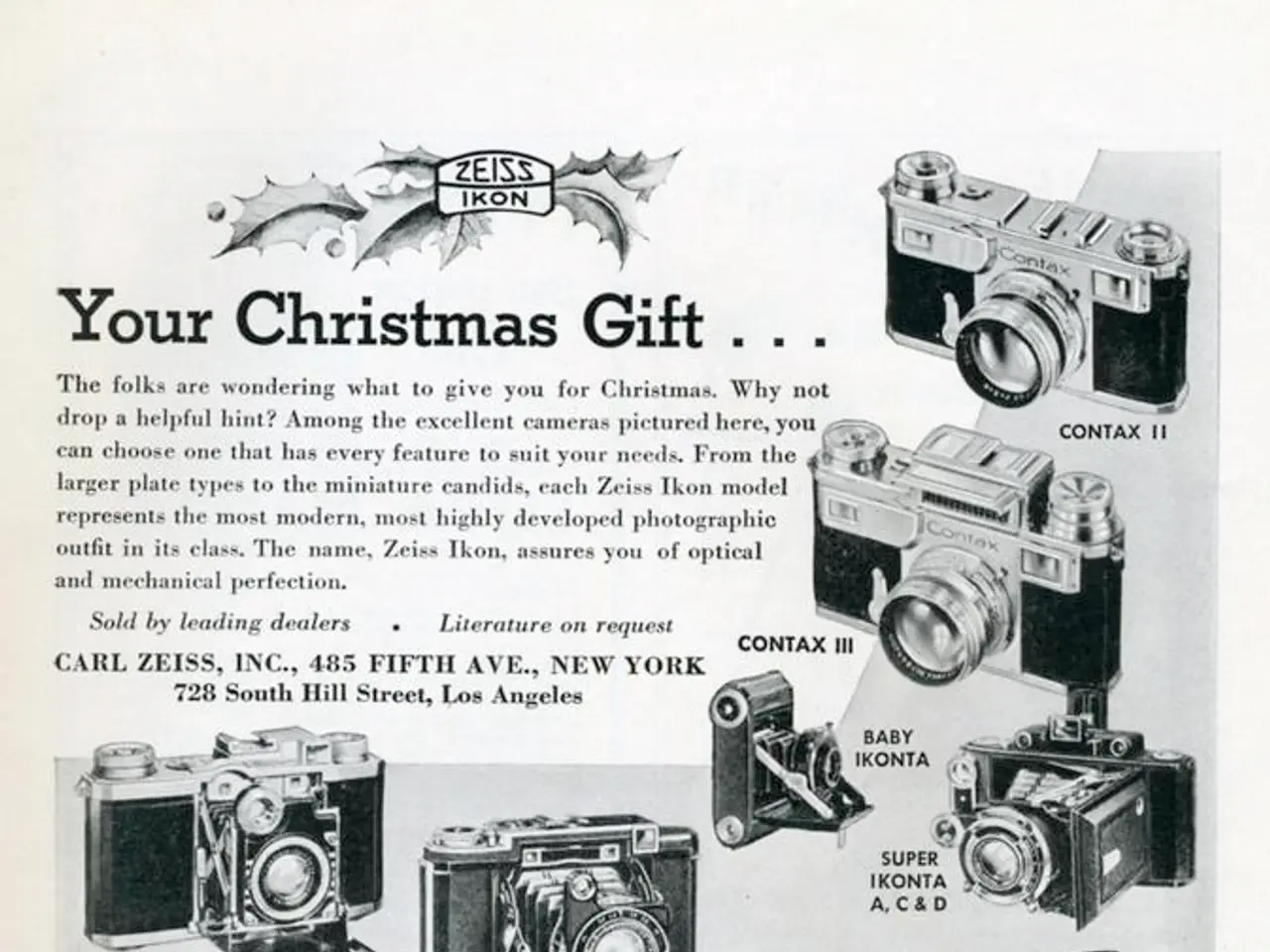Imperfections in PCB Manufacturing Traced Back to Design Layouts
In the world of Printed Circuit Board (PCB) design, there are several key factors that ensure a successful assembly process. Here's a rundown of some essential concepts, from land patterns and courtyard excess to footprints and component orientation.
When working with Surface-Mount Device (SMD) assembly, it's crucial to understand the implications of issues such as tombstoning or bridging, particularly with tiny components like 01005s. These defects can be common during the assembly of such components.
One of the primary considerations in PCB design is the land pattern size. The IPC-7351B standard recommends land patterns with three levels of density: Least (Level C), Nominal (Level B), and Most (Level A). Each level offers a balance between manufacturability and assembly density. Level A provides the maximum spacing and land size for ease of manufacturing, while Level C allows the densest packing but is more challenging to assemble.
Another essential aspect is the courtyard excess, which is a clearly defined buffer around the land pads. This clearance ensures effective assembly and inspection clearance. The IPC-7351B standard recommends courtyard boundaries usually extend beyond the outer edges of the pads by a fixed amount, though the exact size varies based on component and assembly requirements.
Tools like the LP Calculator default to IPC-7351B rules but allow customization of many parameters, including courtyard dimensions.
When it comes to component selection, it's important to consult the datasheet. If the datasheet does not mention the type of drill (PTH or NPTH), contact the component manufacturer directly.
For press fit components, it's essential to follow the manufacturer's recommended drill hole sizes and diameters. In high volume manufacturing, the size of the via holes should be selected based on the printed board thickness versus the hole diameter or aspect ratio limits as defined by the printed board fabricator.
In the realm of CAD and land pattern tools, resources like SnapEDA can be invaluable. SnapEDA offers free schematic symbols, PCB footprints, and 3D models to users, working directly with component manufacturers to provide high-quality content and help engineers design their products faster. However, users can only download 30 parts per day.
When dealing with fine-pitch LGA packages, refer to the guidelines defined in JEDEC 95, 4.25. For exposed-pad packages like QFNs/QFPs, if the exposed pad is a square above 4 x 4mm, the paste mask should be segmented into a symmetric pad array.
The term 'footprint' refers to the actual size of a component, similar to an impression left on sand. A component may have multiple land patterns, but it can only have 1 single footprint.
When manually soldering components, it's advisable to choose large pitch sizes. It's also common to have around 2-3mils clearance between the pad and the solder mask. To avoid land pattern defects, it's important to double-check pin directions/types when wiring components to avoid connection errors and to understand the function of each pin to avoid electrical connection problems.
For inductors, it's important to make sure that the polarity marking is in the silkscreen layer and to know where pin 1 is located to avoid placement errors. Zero-component orientation indicates the rotation around which the land pattern is built and is important for pick and place assembly lines.
When using castellated pads around the edge of a PCB, understand your EDA tool limitations and check if the fabrication house understands what you have designed. In an HDI design, adding a keep-out area that is at least 0.3 mm apart from the silkscreen region can prevent issues during PCB manufacturing.
Finally, it's worth noting that SnapEDA shows three different messages to users for each part to provide more information about where the part has been taken. If a component is specifically designed by SnapEDA, their logo will be in the uploader information.
References:
- IPC-7351B standard
- IPC-7351B guide
- SnapEDA
In the context of PCB design, controlled impedance technology is crucial for managing signal integrity, as it allows for the precise control of the electrical impedance of transmission lines.
When designing a PCB, one must consider the use of technology like Controlled Impedance (CI) to minimize signal reflections, reduce noise, and ensure optimal performance. This can be particularly important when working with high-speed digital circuits or high-frequency applications.




